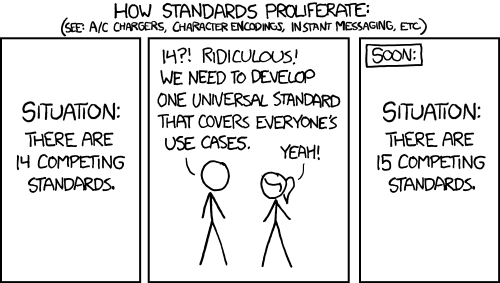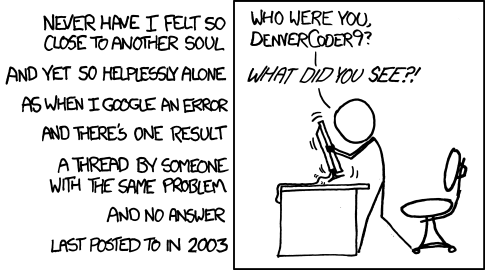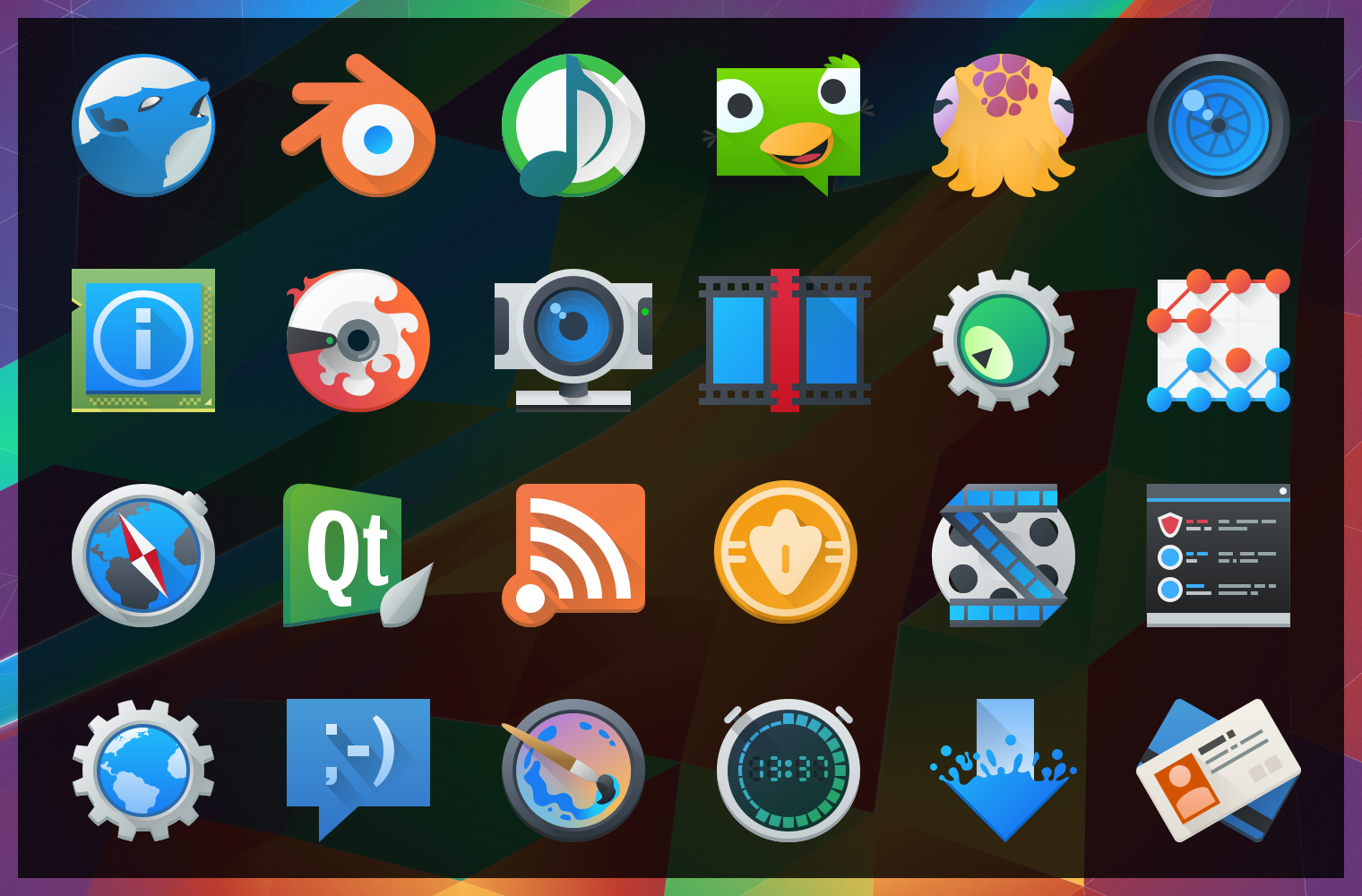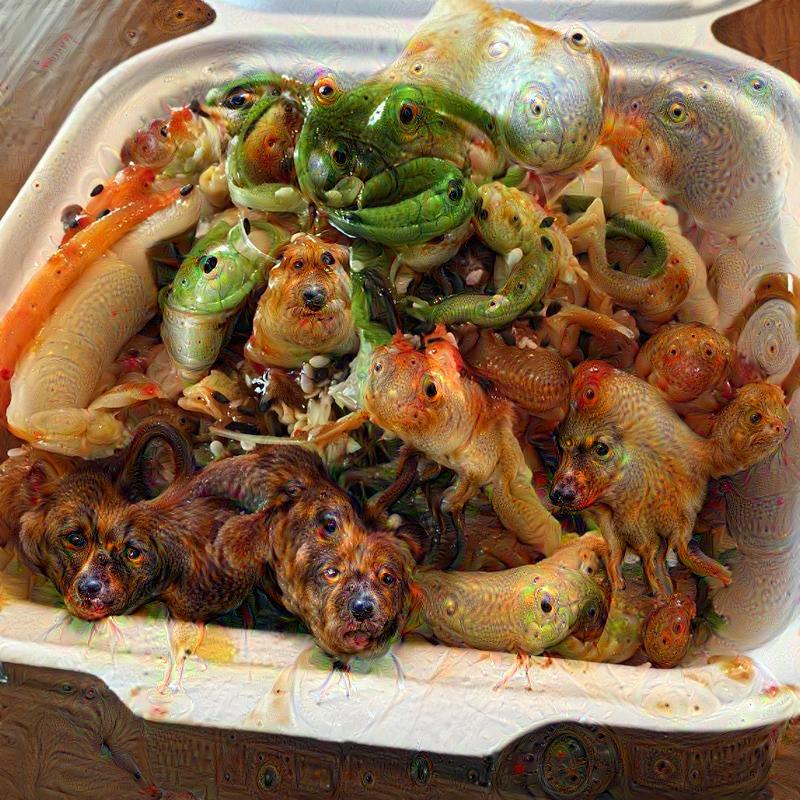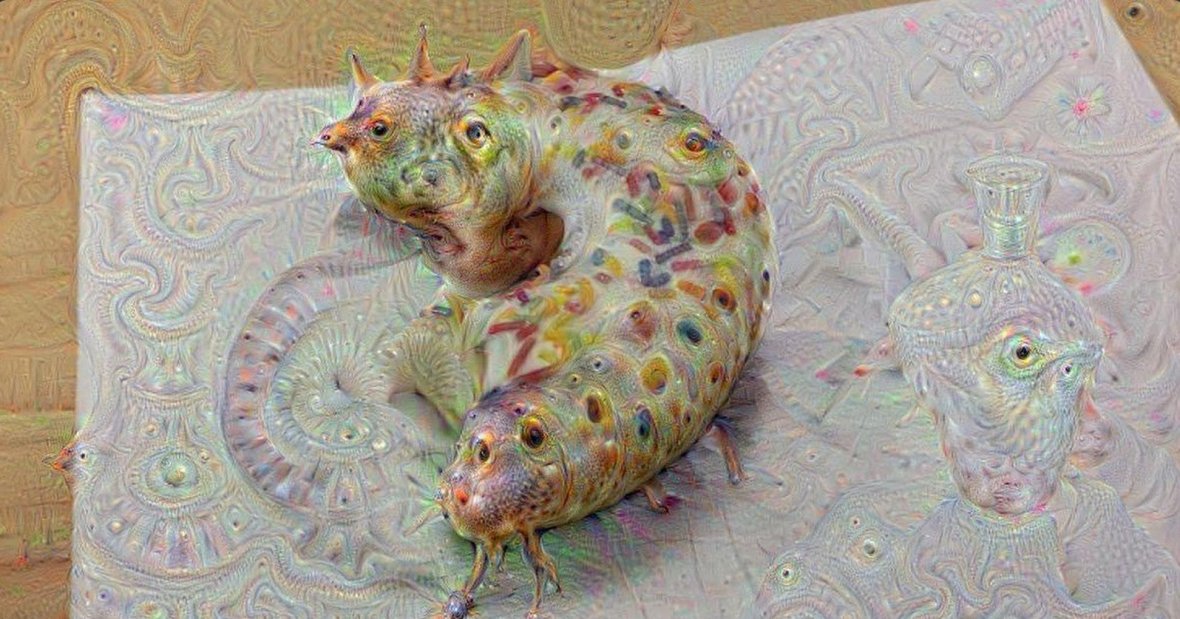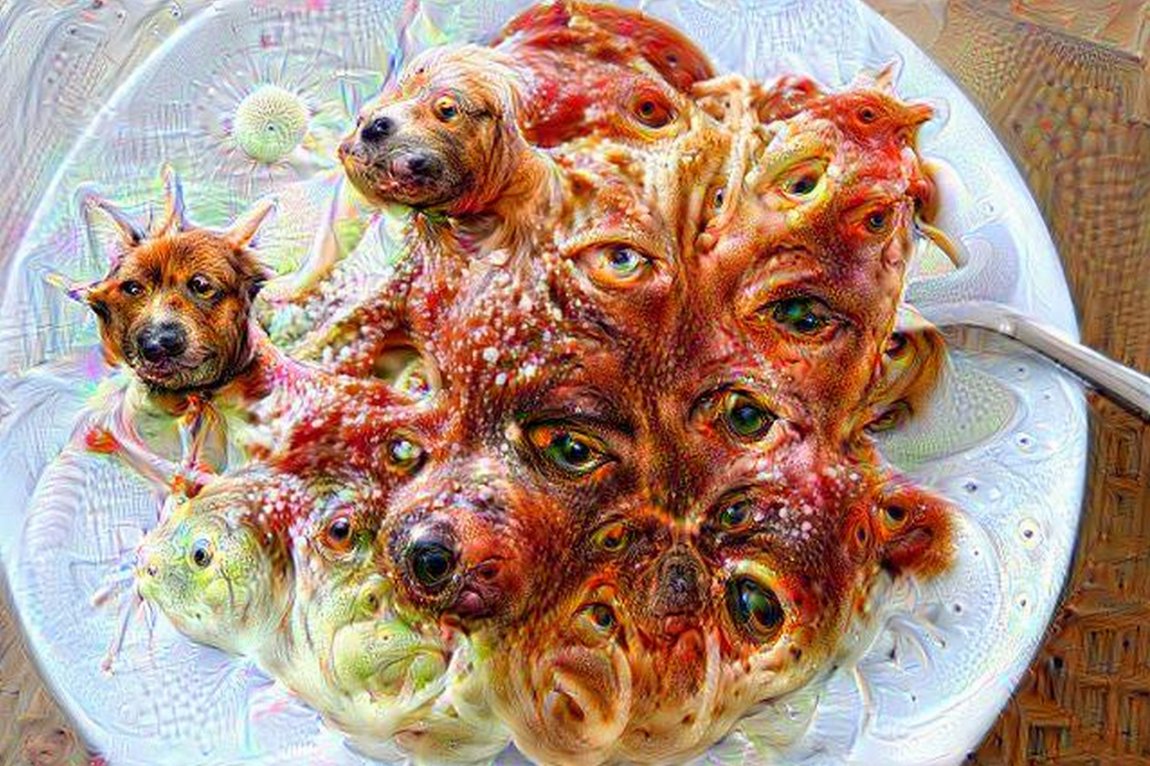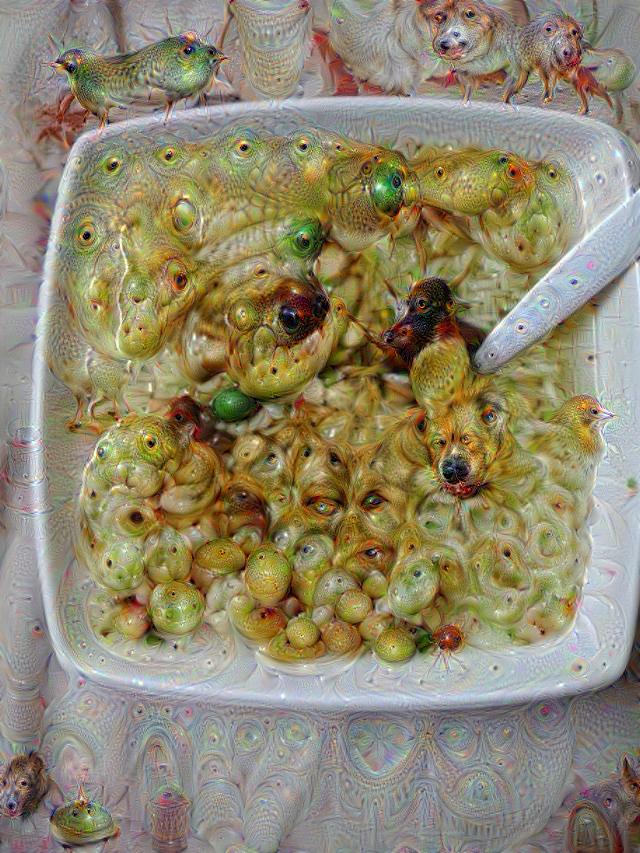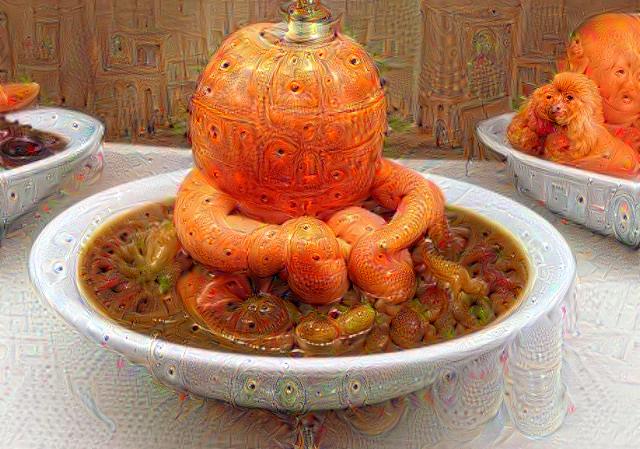I made a promise to myself about a day ago that I would not touch my recently-arrived Steam controller until I finished a few of my projects. After successfully not touching it yesterday, I caved like a wet blanket and set my alarm for two hours of play – maybe I wouldn’t be going into the deep end, but I figured I should at least see how my investment panned out considering the unique aspects of the controller.
I don’t get to play games often, but the odd session once or twice a month is necessary to ensure my head doesn’t pop from overworking myself. The only downside is my increasingly awful wrist which sounds and feels more like a cement grinder from mouse-and-keyboarding all day during work and play; so I use a controller sometimes. This is hard though, since even the “best” controller (Xbox 360 brand) doesn’t do most games I enjoy, and I can’t play first-person games (like Amnesia or SOMA) on a controller – I just hate doing it.
So I ordered a Steam controller, and excitedly unboxed it and plugged it in under Valves promise it was a cure-all for PC games. For the first 20 minutes, I can’t say I was impressed. My first 20 minutes with the Steam controller made me yearn for the Xbox controller again.
The Steam controller did have some immediate and notable aspects; I did not expect the haptic feedback to be so incredible. I was expecting an smartphone-esque situation where you shove your finger onto a flat surface and get no tactile feedback. Somehow they got it to work, how a little rumble could make the matte surface somehow feel tactile and real I can only attribute to black magic. It is also incredibly clicky, with many buttons having a nice mechanical snap. The unit is firm and solid as well, and I feel like I could really wrench at it during an intense moment.
But that wasn’t saving my lackluster ability to play Borderlands with it; I was having a bad time because of awkward controls. At this point I had clocked in about 5 minutes of gameplay and 15 minutes dicking around with the controller – failing because the customisation was nothing short of overwhelming. I decided to move onto the next game: Alien Isolation. I had clocked in a few minutes a couple weeks ago or so, and I decided to see if I could have better luck there. The recommended controls were sluggish, and I found myself getting a bit of a cramp because the controls were insensitive and slow. I was sick, thinking “$60 for this?”.
Then I discovered “Community Profiles”, mentioned as an input tip at the bottom of the screen. If one thing was “make or break” for this device, community controls would make it. Community profiles are complete controller configurations created by other players, listed by popularity. The most popular control scheme described itself as being “ACTUALLY FUCKING USEFUL”. I selected that one. And about 10 seconds later I was completely sold on the Steam controller.
This specific scheme was fast, responsive, accurate, and I can only say it deserved its place as being the control scheme used by nearly 3X the users as the default layout. I stopped thinking about the controller and I’m absolutely impressed to say the least, able to effectively use the trackpad and flick around with mouse-like ease.
Since using a good control scheme, I quickly reversed my previous faltering position on the controller. I had never, ever in my life considered first-person games “playable” on a controller. I’ve never liked it, but on the Steam controller I think I actually *prefer* ditching the mouse.
The main achievement is the speed and accuracy the controller provides compared to a traditional controller. The default game controls set for the Steam controller were unusably slow and almost too conservative… But a more optimal configuration, while not as accurate as using a mouse, in some ways is more responsive as you only move your thumb – not your whole hand as with a mouse – which feels a touch faster and less strenuous. Wonderful for my awful wrist.
Though I haven’t used it yet, you can offset this tradeoff though “Input Modifiers”. You set one input on the controller to be a modifier, and it will change the behaviour of another input. A good use-case is if you are a sniper in a game, and you want your aiming touchpad to be made slower and more precise when using your scope. You make the scope button your modifier, and suddenly you are able to manoeuvre effectively while running and be hyper-accurate while shooting. I’m looking forward to trying Left 4 Dead later with it.
Despite the very positive results with software schemes, I will complain a bit about the feel of the controller. The trackpads are what I worried about the most, and I’m glad to say they delivered – but because of their massive size it forced Valve to move their buttons closer to the centre of the controller. This makes the analog stick and action buttons a bit hard to reach, and I found my left hand had a more awkward grip trying use them. The triggers were well placed, but the shoulder buttons seem specifically designed to be difficult to reach; they stick out compared to the triggers so you have to move your otherwise comfortable index fingers up, over, and out to hit them. Generally speaking the controller doesn’t allow me to have access to all buttons at a given time, and I do need to either stretch my fingers or rotate my hand a but to reach some buttons no matter how I hold the controller. Finally, I feel like portions of the controller should have been rubberised a bit; because your hands are more in-front of the Steam controller compared to contemporary controllers, I do feel like I want a little more grip on the unit.
Overall, I’m now very impressed. Probably the biggest thing is making sure you check the community control schemes if you find yourself bemoaning the generic scheme. From what I understand some games do have specific built-in schemas, but if it doesn’t it’s a safe bet to assume someone has decided to share their ultimate controller layout with the world, and it will probably do the job very well. I have average hands and I’d say the controller makes me consciously reach for some buttons at times, but this isn’t a deal breaker and the controller does what it does so well I can forgive some button-placement fumbles. It’s also the most customisable controller I’ve ever seen and the Steam client allows you to customise everything to a ridiculous degree, which is definitely the secret-sauce to why it can work well with so many different games.
If you play Steam games and have $60 to spare I recommend the Steam Controller, though if you have small hands you may want to find one in the wild and see how it feels first. If you pick one up do try community control layouts as they literally make-or-break your ability to play a game as a poor scheme will make the controller feel useless – but a good scheme will blow other controllers out of the water.




